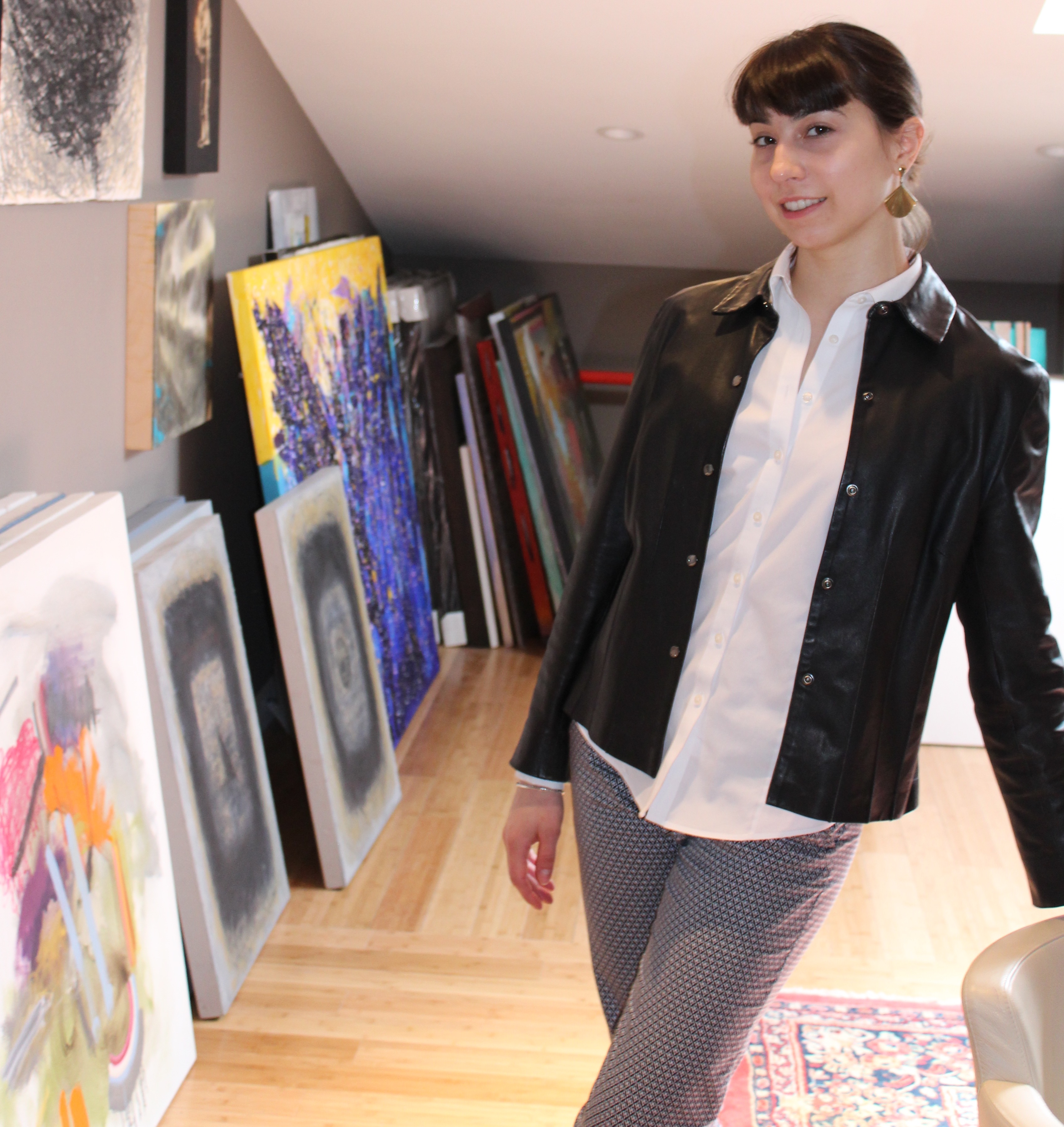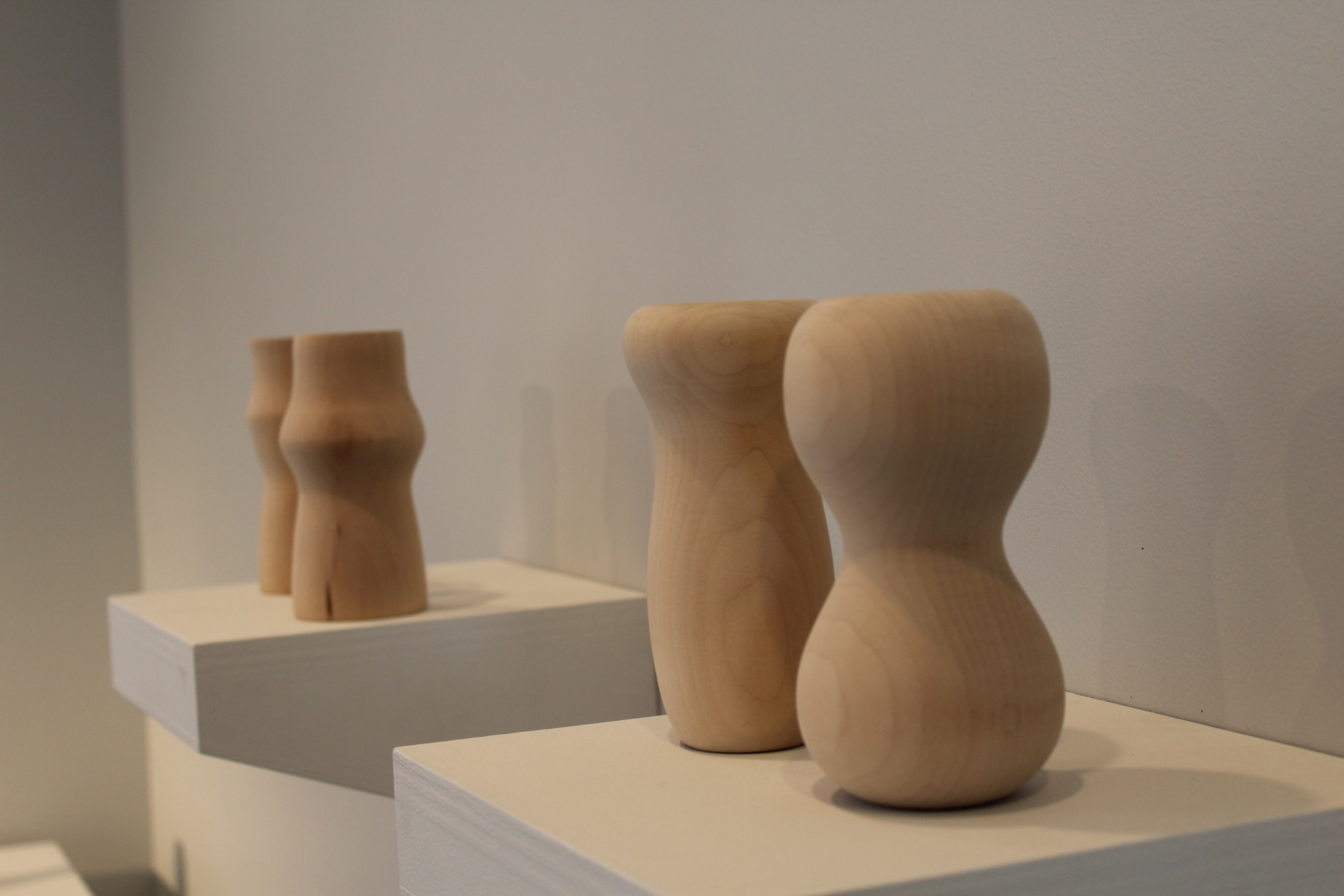Galerie Camille Pairs Artists with Detroit

Detroit has always served as a source of inspiration for artists. Many residents believe that the city is currently undergoing a renaissance period, beginning with the development in Corktown and Midtown leading to a resurgence in the economy. While these changes bring hope, young artists are facing the same struggles as always: gaining exposure and getting recognition for their efforts. Galerie Camille is working to help alleviate these issues by providing a stable market and platform for local artists to showcase their talents.
Isabelle Weiss, the associate director of Galerie Camille, knows the struggles of young artists all too well. “I have encountered people asking if they can borrow the work for free and hang it up to give you exposure, but that’s not how this works. Making the paintings are a job — would you do your job for free?” After graduating from the University of Michigan with degrees in art history and linguistics, Weiss was sure she was going to move away from Detroit. “I was ready to get a one way ticket to move to Rome and get a job as a museum curator. But then I was offered a job locally in the suburbs of Detroit working for an art auction house, and I thought that I needed to take that job instead, so I moved downtown.” Weiss did not originally anticipate how much she would love living in Detroit. “I was shocked. Detroit is actually the best city I could be in for art.” Weiss began working as an appraiser for mid-century art and furniture, and she brings that unique perspective to the gallery. “There is a connection between art and fine design through using furniture that you cannot see in fine art.”
Through working with furniture designers, Weiss realized that there is a lack of a platform not only for designers, but for young artists in general. Galerie Camille is attempting to change that. Weiss remarks, “While there are a lot of respectable, well-known galleries in Detroit and Michigan, there aren’t many who elevate local artists to a higher level. We really see the growing interest in Detroit art because of the ‘cool factor’ and the cultural value, but there is a lack of support to create a viable economy for artists. Without elevating the market to the point where people are being paid fairly for their work, the economy cannot be sustained.” When I visited, I experienced the exhibit, “Stranger,” which paired art and painting by Scott Campbell with sculpture by Vineta Chugh. The show was centered around how individuals identify themselves, through both their mental and physical states. In the first room was Scott Campbell’s work entitled “Not Good But Well Behaved.” Campbell, a 2016 Red Bull House of Art alumnus, says in his artist statement: “The main themes that run through my work are family, memory, history, identity and how all of those things melt together. The sculptures reference different cultural material objects that people would use to defend themselves in society-- all the different mechanisms that impede us from having to face certain difficult truths. The imagery in the collages explores notions of vulnerability in contrast to the barriers we put up to protect ourselves.” In the next room, Vineta Chugh’s work was an exploration of body image: “My artworks are a direct response to a body-conscious environment. With the societal binaries, such as beautiful - ugly, fat - thin and masculine - feminine in mind, I try to make work that questions them with a poetic approach.
By choosing primarily formal solutions, I approach complex subjects in a celebratory way and enjoy involving and engaging the viewer.” The two works were interesting juxtapositions that questioned perceptions of our inner and outer lives. Campbell’s show used black and red objects put together to create puzzling sculptures and collages to symbolize deep feelings coming through exterior barriers, while Chugh used white plastic and light wooden objects like simple vases and hangers to symbolize the arbitrary fabrication of body image. One of the most interesting pieces in the show was Chugh’s “Lipo Lamp,” a glowing hanging lamp created to look like a fat cell. The fat cell is a necessary part of the body, but one that is not normally seen as decorative like a lamp.
Since its opening in 1987, Galerie Camille has played a significant role for bringing artists to Detroit. “The gallery has had many renditions over the past few decades,” says Weiss. “Melannie Chard, the director of the gallery, has really worked to expand the client base. New artists are reaching out. By creating a model around fine art, we can expand it to include things like design or any emerging creative talent here in Detroit, that needs help to make it into their career.” Weiss’s words should encourage artists of all ages, particularly college art majors. “We can help them [...] realize that if art is truly their passion and they want to make it their career, what types of things they need to do to be successful.” Experience Galerie Camille for yourself, located on Cass Ave. in Midtown. Hours: Wed. - Sat., 12:00 p.m. - 5:00 p.m. The current show, “Chosen Silences,” which pairs the photography of Carla Anderson with art by Elizabeth Youngblood, will be exhibiting through April 27, with an artist talk at 2:00 p.m. on April 22. Admission is free and open to the public.



